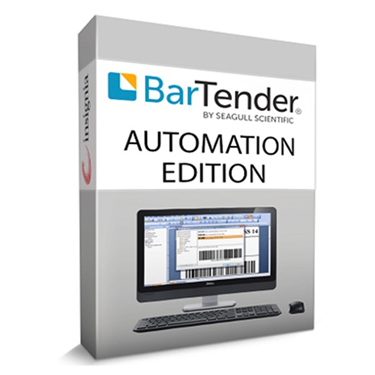ASReml is powerful statistical software specially designed for mixed models using Residual Maximum Likelihood (REML) to estimate the parameters. Linear mixed effects models provide a rich and flexible tool for the analysis of many data sets commonly arising in animal, plant and aqua breeding, agriculture, environmental sciences and medical sciences.
This version offers a more unified framework and extended functionality for LMM analysis, particularly for large and complex data sets. New features with Version 4 include:
- new and improved licensing
- a simplified and more meaningful syntax for model specification:
- rcovbecomes residual and direct sum structures for residual models with data partitioned into sections to which separate variance structures are applied are now logically specified using a dsum() function
- rarely used options are now listed externally to the model call in a new options() function
- a more unified framework for related arguments in the call to asreml()and the output object , e.g.
- action()for dealing with missing values in both the response and explanatory variables
- a formulaecomponent of the ASReml-R object which lists the fixed, random, sparse and residual model formulae
- improved updates in factor analytic models and a reduced rank rr() variant of the fa() variance model function
- a simpler, more consistent specification of known variance models (including relationship matrices) through the vm() function, which also caters for known singular matrices
- computationally efficient fitting of random regression models when there are more variables than observations – motivated by the use of SNP marker data to explain genotypes
- more informative warning and error messages
- improved graphics powered by ggplot2.
More advanced functionality new with Version 4 includes:
- introduction of the own()variance model to allow the specification of a user-defined variance structure
- extensions to generalized linear models including threshold models and bivariate models with one variate having a normal distribution and the other variate distributed from an exponential family distribution
- generating design matrices to allow use of derived model terms and functions; design argument to options()
- functions to generate factors that either combine levels of a factor or use a subset of levels to allow easier prediction of models; combine, prune, gpf(), sbs().
Also included:
- computing functions of variance components and their approximate standard errors; vpredict()
- calculating information criteria including AIC and BIC.
This is just a selection from the full set of new features available with ASReml-R Version 4. A detailed account of the new functionality is presented in a navigation guide which guides existing users in transitioning from Version 3 to Version 4.





















There are no reviews yet.